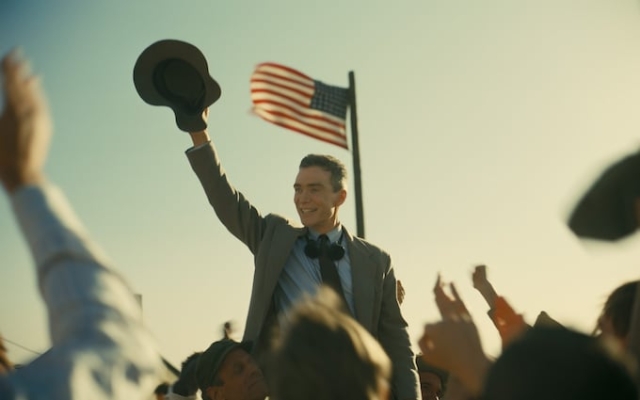 Cillian Murphy's Oppenheimer found inspiration in the most unexpected places. Photo: Universal Pictures
Cillian Murphy's Oppenheimer found inspiration in the most unexpected places. Photo: Universal Pictures
As expected, Christopher Nolan's Oppenheimer was explosive. Oscar success. And like any big-budget, three-hour treatise on humanity's ability to destroy itself, there are plenty of interesting nuggets you've probably never heard of.
1. Without Sting there would be no Oppenheimer. Well, in a roundabout way, anyway. Nolan's recollection of the first time he learned of Oppenheimer was in the verses of the 1985 single «The Russians,» released by the yogi bass supremo: «How can I save my little boy from Oppenheimer's deadly toy?» So: thank you, Sting.
2. The script is written entirely in the first person. “I’ve never seen anything like this before,” Matt Damon told Vulture. “Instead of “Oppenheimer walks across the room,” it says “I walk across the room.” It was a way for him to make it clear that, okay, this is what the film will be like. It will be instant.”
3. As with other Nolan scripts, the printout the actors were first given to read the script was written in black font on red paper — making them harder to photocopy and open.
4. On the front of Cillian Murphy's envelope was a handwritten message from Nolan: “Dear Cillian. Finally a chance to see you in a leadership role… Love, Chris.»
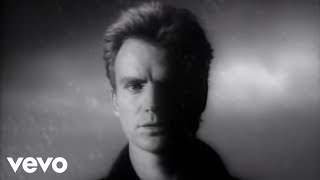
5. The working title was «Gadget», just as the working title for the atomic bomb was among scientists and the US military.
6. Damon was on a break from acting before Nolan cast him, a decision his wife made in couples therapy. “I was doing Interstellar and then Chris put me on ice for a few films, so I wasn't in the rotation, but I was actually in talks for couples therapy — that's a true story — the only caveat to how I spend my time. the day off would have been if Chris Nolan had called,” Damon told Entertainment Weekly. “It's not knowing whether he was working on something or not because he never tells you. He just calls you out of the blue.”
7. Oppenheimer's own appearance was partly based on what David Bowie looked like in the mid-70s, when he ate a diet of milk and red peppers, «when he was so thin and a little emaciated, but wore these wonderful tailored suits with pants,” Murphy told Vulture.
8. This really showed up in the fact that Murphy didn't join the rest of the cast for big family dinners, and his eating patterns were disrupted for a while. “You become a little competitive with yourself, and that’s not healthy,” Murphy said. «I do not advise». Emily Blunt added that “he could only eat almonds every day. He was so exhausted.»
9. After filming wrapped, Murphy celebrated by eating a frankly staggering amount of cheese. “Cheese is a great decompression,” explained Blunt.
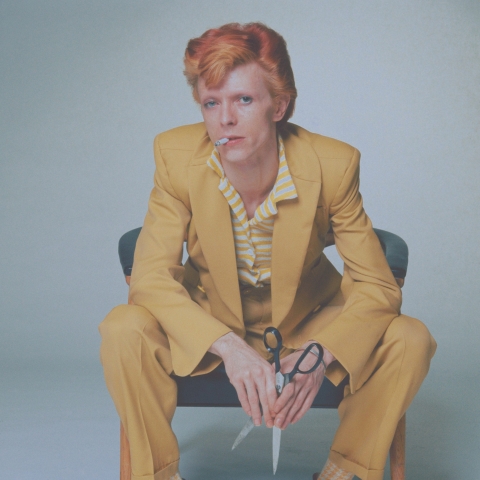 Inspiration came from David Bowie. Photo: Getty
Inspiration came from David Bowie. Photo: Getty
10. Nolan is a notorious IMAX obsessive, and his desire to make Oppenheimer a very analog, modern blockbuster pushed the technology to its limits. It also increased the structural integrity of the projection rooms: Oppenheimer's three-hour 70mm prints contained 11 miles of film and weighed 600 pounds.
11. Oh, and there was also the fact that Kodak, which makes IMAX film, doesn't actually make black and white IMAX film. Given that huge portions of Oppenheimer were shot in monochrome, Nolan and his cinematographer Hoyt Van Hoytema turned to Kodak, which developed a completely new type of film especially for them. This is the Double XX standard, and its version was a favorite of photojournalists in the 1940s.
12. And the cameras themselves made such a noise as they pulled out this huge film that Benny Safdie, playing Hungarian physicist Edward Teller, assumed something had gone wrong and waited for the command “Cut!” Hoytema compared the sound to a “small diesel engine.”
13. One of the nice things about this huge film is that you can see details like the nicotine stains on chain-smoking Oppenheimer's hands, painted by makeup artist Louise Abel.
14. Given Nolan's reputation for trying to do things for real—and his promise to recreate the Trinity test without CGI—film fans were only half-joking when they said he had become a one-man nuclear state. The explosion effect itself was a mixture of real gasoline and propane fire effects, plus magnesium and aluminum powders for the nuclear flash, as well as some digital mixing.
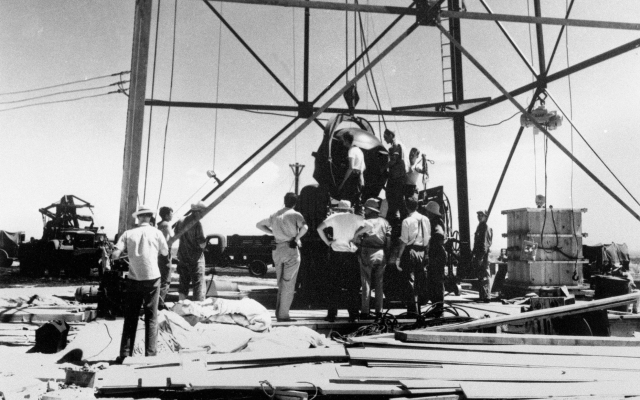 Real Trinity test site. Photo: AP
Real Trinity test site. Photo: AP
15. The explosions were not of nuclear scale. But they weren't tiny. “We don’t call them miniatures; we call them 'big creatures,'” special effects supervisor Scott R. Fisher told Total Film. “We make them as big as we can, but we scale them down so they can be controlled.” Forced perspective made the models look even bigger, and Fischer and his team prepared an explosive mixture to make it rise into the desired mushroom cloud.
16. Effects technician Andrew Fisher also showed Nolan an “explosion demo reel,” a sort of mood board with different bangs done using different techniques and at different scales — some of them downright tiny. “I just put it on the big screen and said, 'Is there anything interesting here?'” Fisher told Total Film.
17. Many of the interior scenes of Los Alamos were filmed at the actual Los Alamos National Laboratory, which has been preserved as it was during the Manhattan Project years. Murphy and Blunt's scenes at home with the Oppenheimers were filmed at Robert and Kitty's real home, and Oppenheimer's original office in Los Alamos was also used.
Oppenheimer's office at Los Alamos National Laboratory. Photo: AFP
18. However, the city of Los Alamos itself was not considered; During his reconnaissance, Nolan discovered that there was a Starbucks on his main street.
19. The filming schedule was tight: originally scheduled to take 85 days, budget constraints meant Nolan and his team had to find a way to save 30 days of filming if they still wanted to do all the planned location filming, as well as build their own version of Los Angeles. -Alamosa. In the end it took only 57 days.
20. This pressure to stay on schedule extended to Nolan's own bladder. “He doesn’t even really like it when you go to the bathroom, but he understands that you need it,” Downey Jr. told Vanity Fair. «And I asked him, 'Dude, when are you going?' And he answered: “11 am and 6 pm.” And I was like, “Are you fucking with me?”Florence Pugh as Jean Tatlock and Cillian Murphy as Robert Oppenheimer Photo: Universal Pictures
21. It's very handy to have a Nobel laureate on hand to explain the physics behind the bomb, especially one who actually knew Oppenheimer. “I was able to talk to Kip Thorne and Killian,” Nolan told the New York Times. “When Kip was at Princeton, he was able to attend seminars at the Institute for Advanced Study, which Oppenheimer directed.”
22. However, Safdie did not need much help. In high school, he wanted to become a nuclear physicist and worked with a physicist at Columbia University. “I studied cosmic rays,” he explained. “This is actually my deepest passion.”
23. Oppenheimer composer Ludwig Göransson's score is almost as complex as the particle physics scientists are trying to explain. He told Empire magazine that some sections feature «21 tempo changes in one piece of music» and are all performed in one concert. “I didn’t think it was possible,” he said.
24. Remember the sex scene where Oppenheimer and Gene Tatlock (Florence Pugh) have it after reading some passages from the Bhagavad Gita? In India and the Middle East, Pugh's naked body was covered by a rather unconvincing black dress. The fiery death of all life on the planet: wonderful. Nipples: absolutely none.
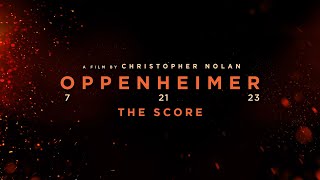
25. In one particularly unpleasant episode, Oppenheimer is overcome with guilt over what he has invented and sees a young woman in the crowd with flaps of skin hanging from her face, like the victims of Hiroshima and Nagasaki. She is played by Flora Nolan, the director's daughter. “If you create an absolute destructive force, it will also destroy those near and dear to you,” he told the Telegraph. “I guess this was my way of expressing it in what I thought was the strongest possible terms.”
26. Oppenheimer has many characters, many time frames, and many intersecting narratives. To try to keep them under control, Nolan and his editor Jennifer Lame took on what they called «character transitions»; this meant watching the film over and over again, paying attention to a specific character's storyline each time. «You have to pull up opposite corners to keep everything in balance,» Nolan told Vulture.
27. The huge cast kept in touch via a WhatsApp group chat called 'Oppenhomies'.











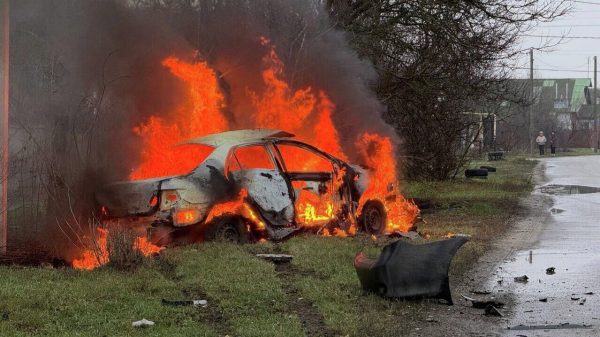

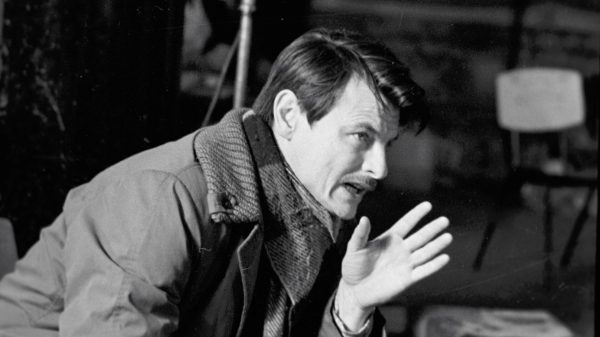






































Свежие комментарии